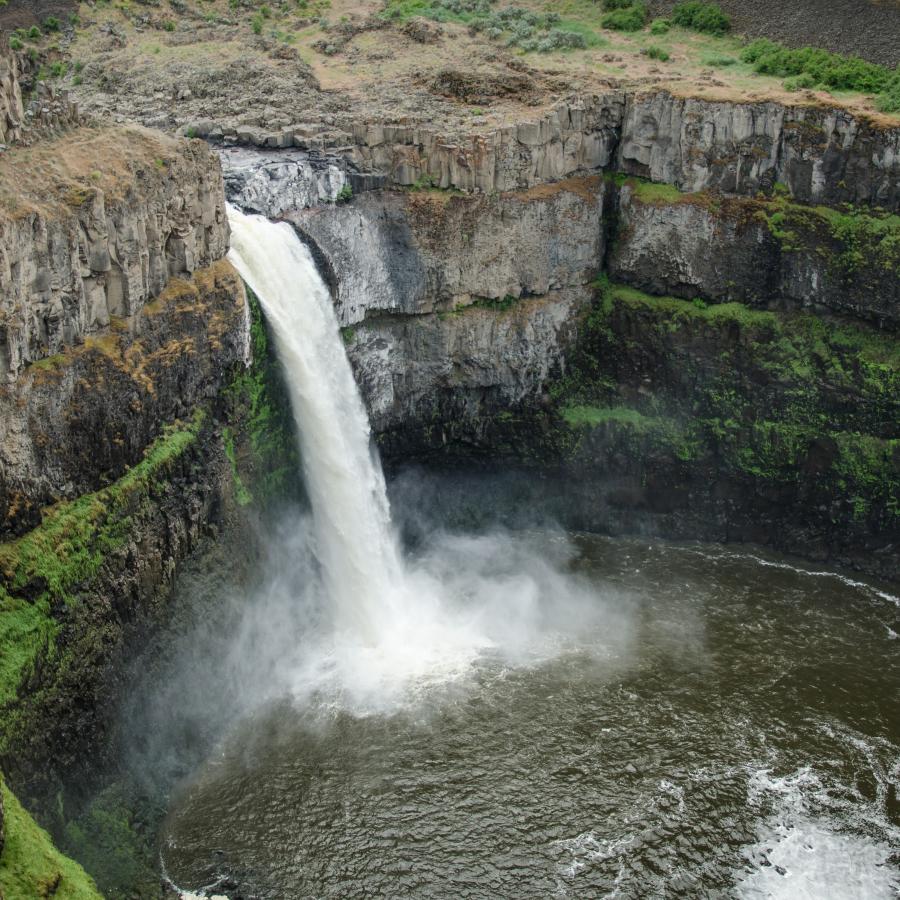
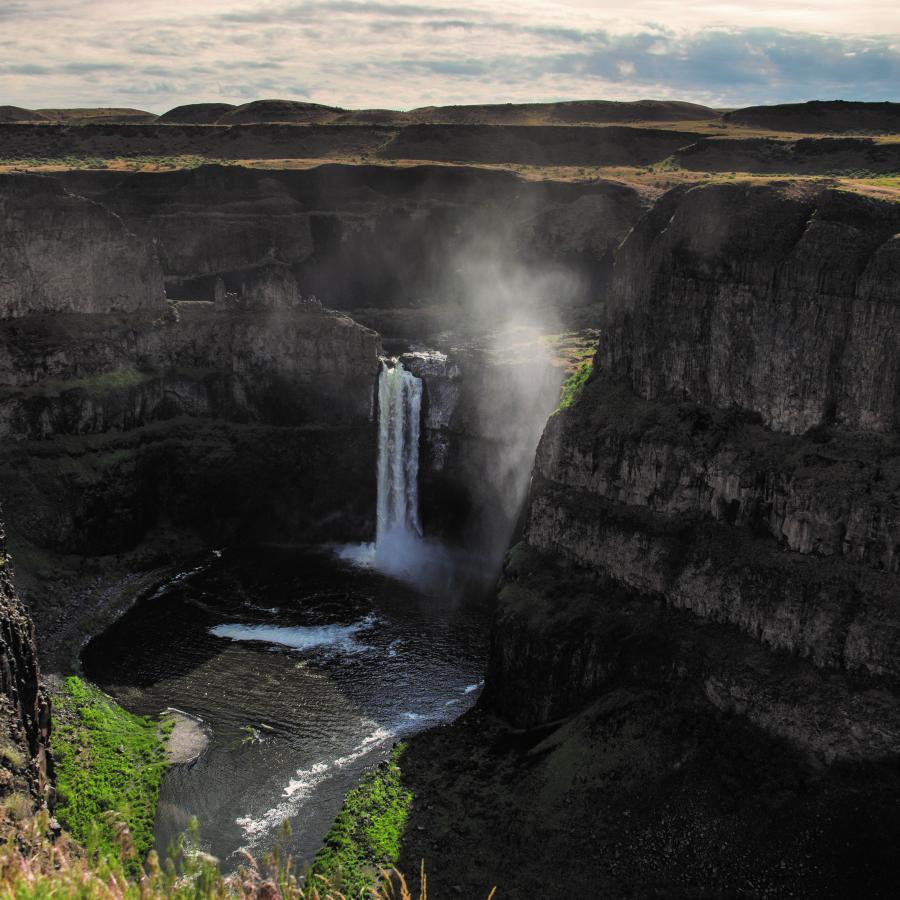
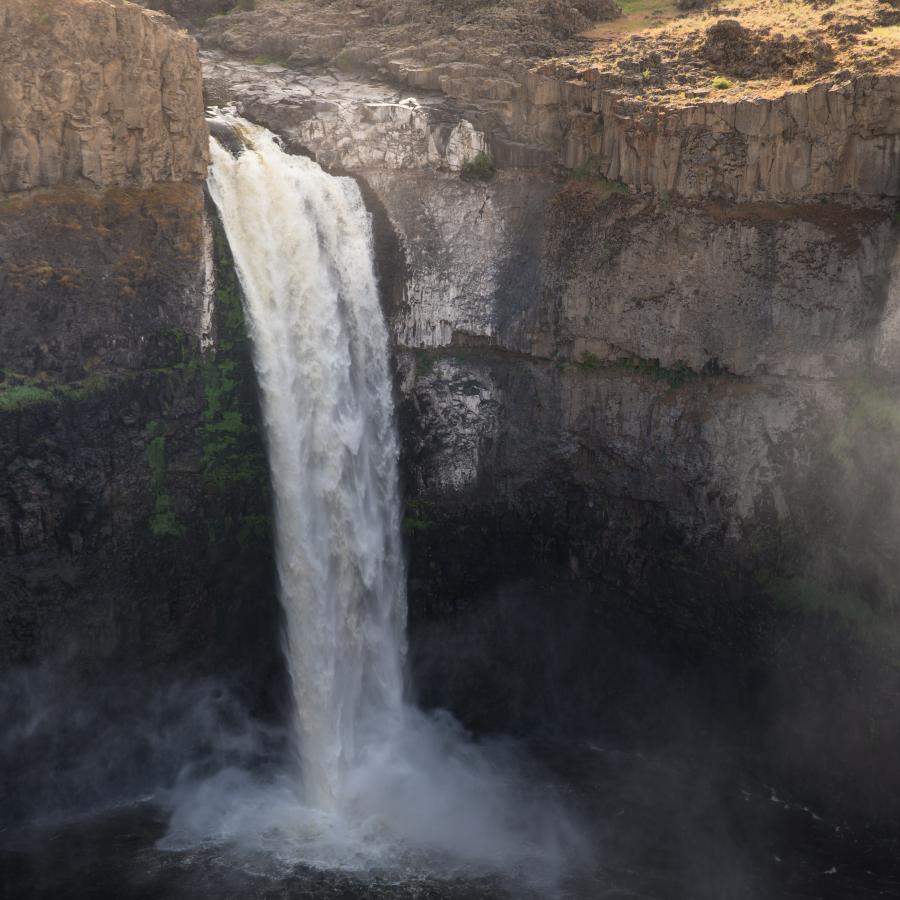
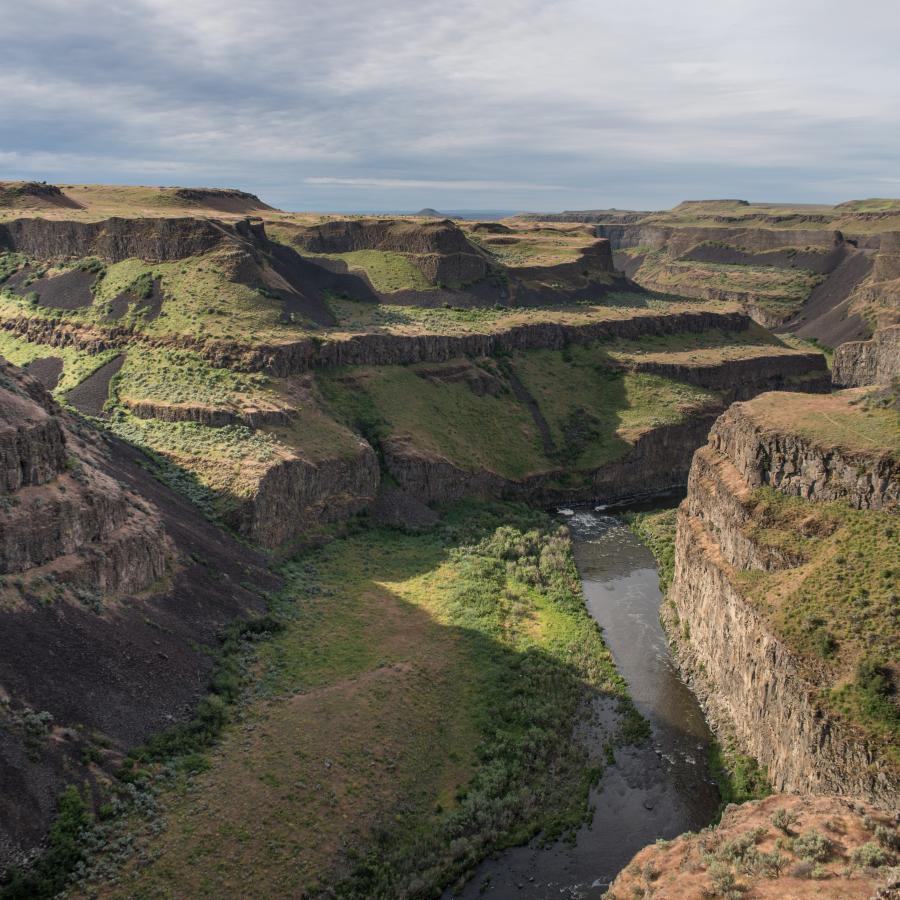
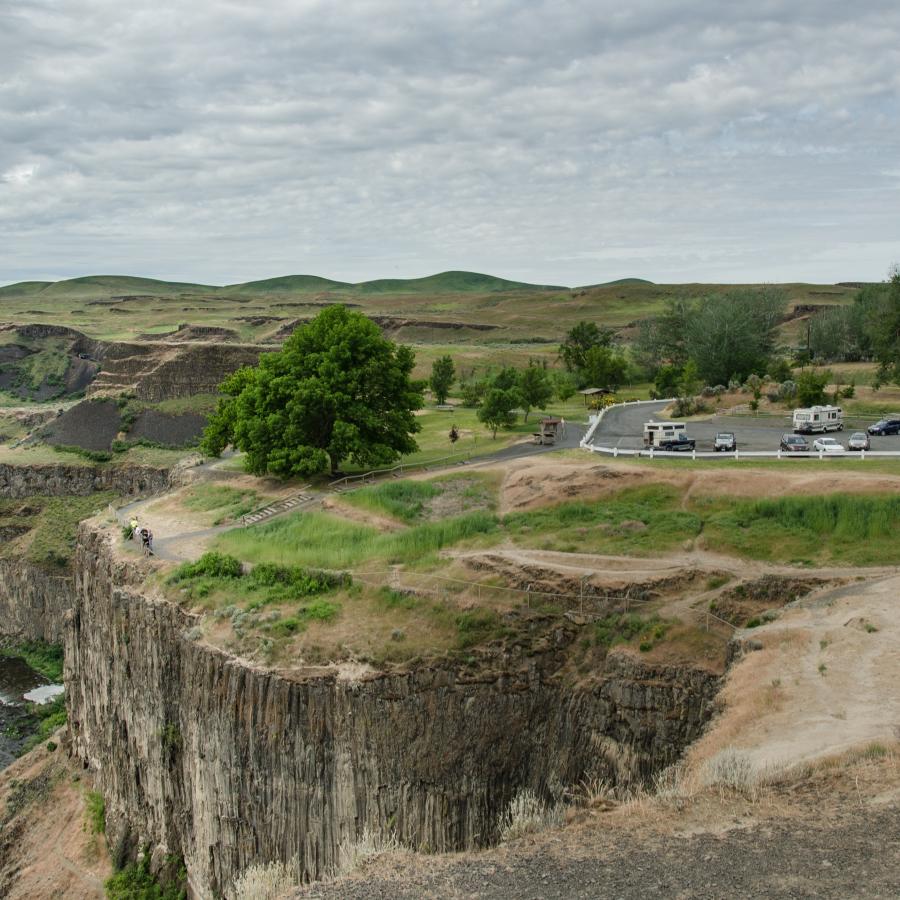
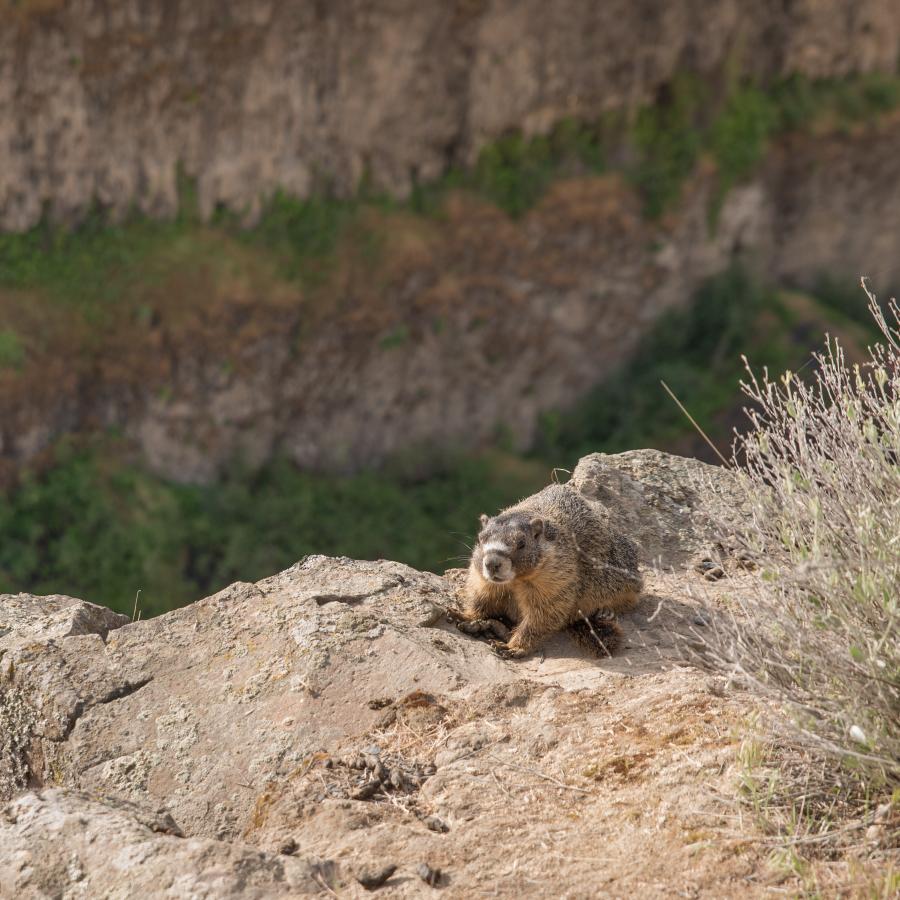
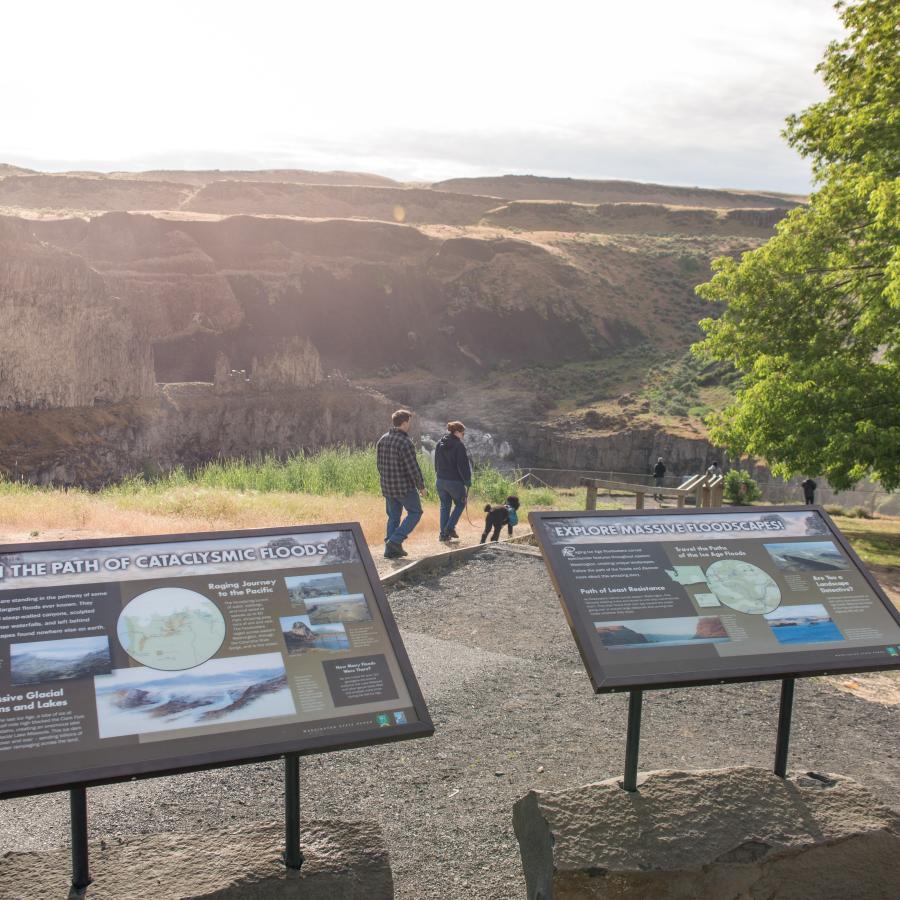
No open flames of any type, internal RV stoves OK. No smoking allowed. Trails and undeveloped areas may be closed to entry.

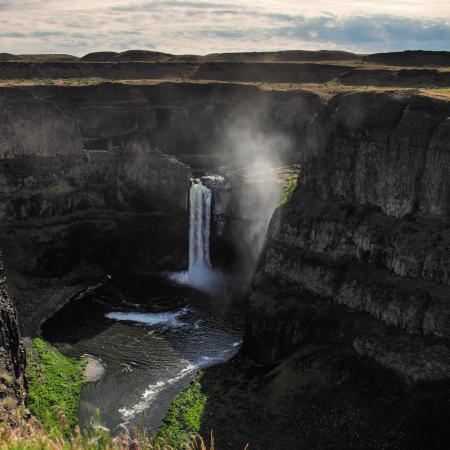
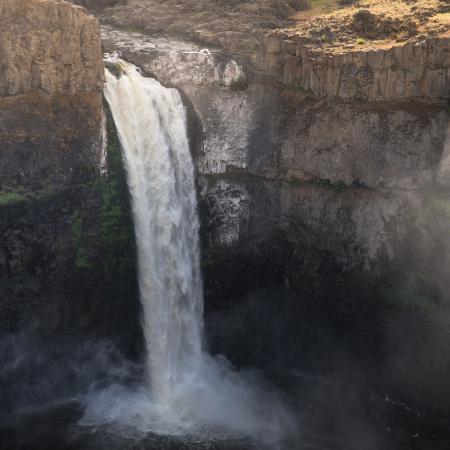
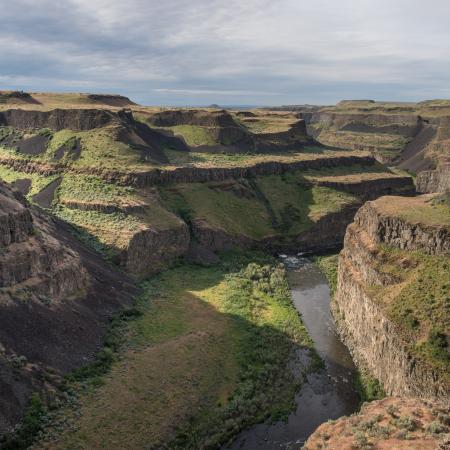
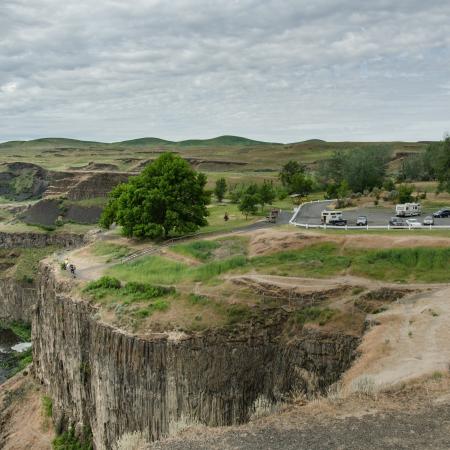
Palouse Falls Road, LaCrosse, WA 99143
Palouse Falls State Park Heritage Site is a 94-acre day use park with dramatic views of the official state waterfall.
All trails into the canyon and base of Palouse Falls are permanently closed. Venturing beyond designated viewing area and trails at the park is prohibited.
Parking at Palouse Falls State Park is extremely limited and you can expect long waits to enter on weekends and holidays.
Trailers and RVs are not allowed.
Learn about seasonal closures and operational changes during the off-season on the Winter Schedule page.
Extreme weather is possible so be sure to bring plenty of water and check the weather before you visit.
The majority of the park doesn't have cell phone service. Palouse Falls is far away from nearby cities, amenities and first responders, so please plan ahead to help make your trip a success.
Bird Watching
First Day Hike Events
Automated Pay Station
Restrooms
Trash Service
Grill
Picnic Shelters
Picnic Tables
Accessible Parking
Parking
Interpretive Opportunities
Observation Deck
Accessible Trails
River
Seasonal Wildflowers
Viewpoint
Waterfall
Wildlife Viewing
All trails into the canyon and base of Palouse Falls are permanently closed. Venturing beyond designated viewing area and trails at the park is prohibited.
Parking at Palouse Falls State Park is extremely limited and you can expect long waits to enter on weekends and holidays.
Trailers and RVs are not allowed.
Learn about seasonal closures and operational changes during the off-season on the Winter Schedule page.
Extreme weather is possible so be sure to bring plenty of water and check the weather before you visit.
The majority of the park doesn't have cell phone service. Palouse Falls is far away from nearby cities, amenities and first responders, so please plan ahead to help make your trip a success.
Carved more than 13,000 years ago, the Palouse River runs through a narrow cataract and drops 200 feet at Palouse Falls into a churning bowl. From there, the water current moves swiftly through a winding gorge of columnar basalt, to its southern end at the Snake River.
The park offers three distinct views of the falls. The lower viewpoint provides a direct view that is reached by a set of steps from the main day-use area adjacent to the parking lot. The second, at the end of a paved interpretive path, explains the history of the secluded canyon. Both the interpretive path and gravel secondary parking area lead to the third and highest viewpoint, the Fryxell Overlook. This overlook offers panoramic views of the falls and Palouse River Canyon.